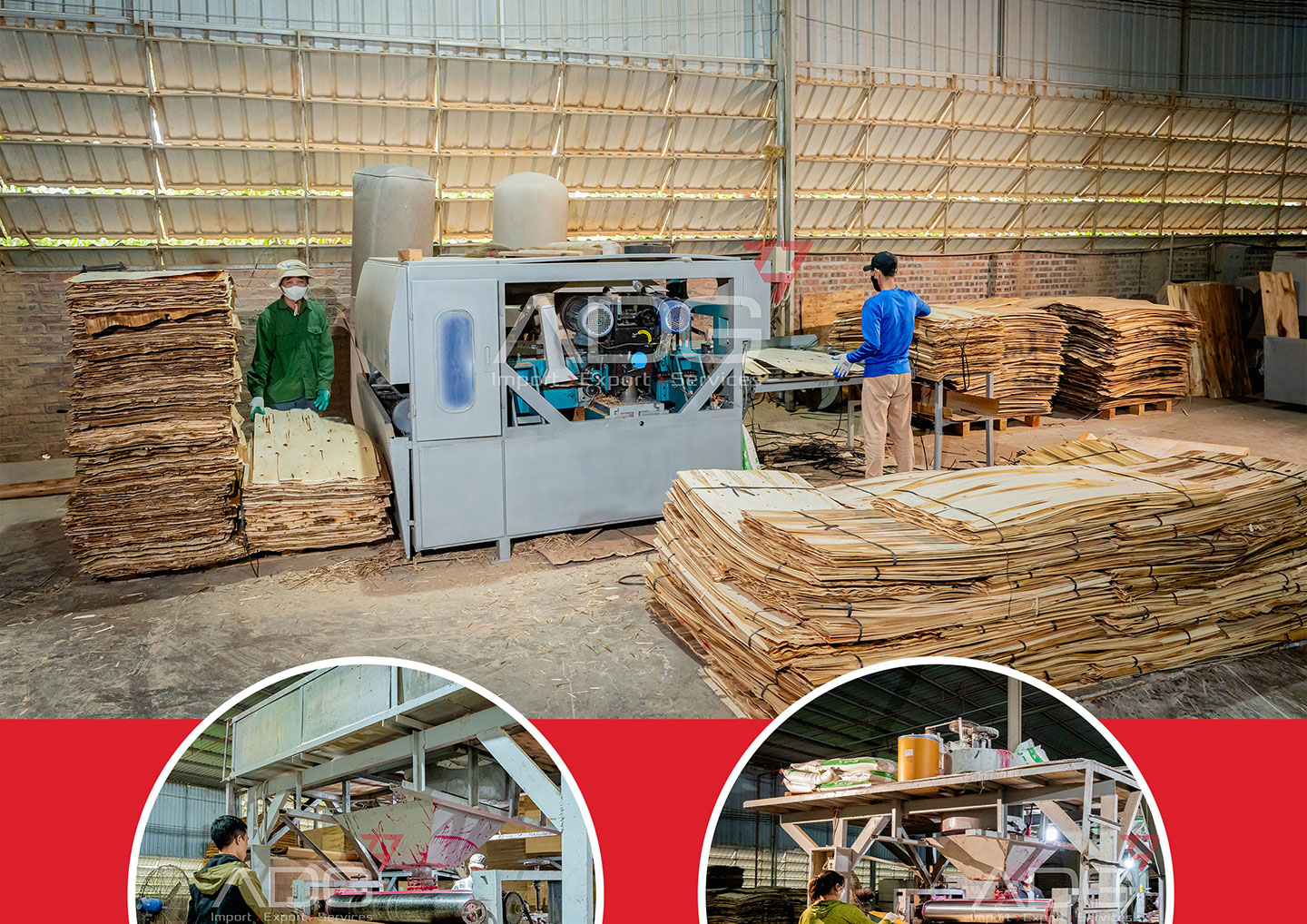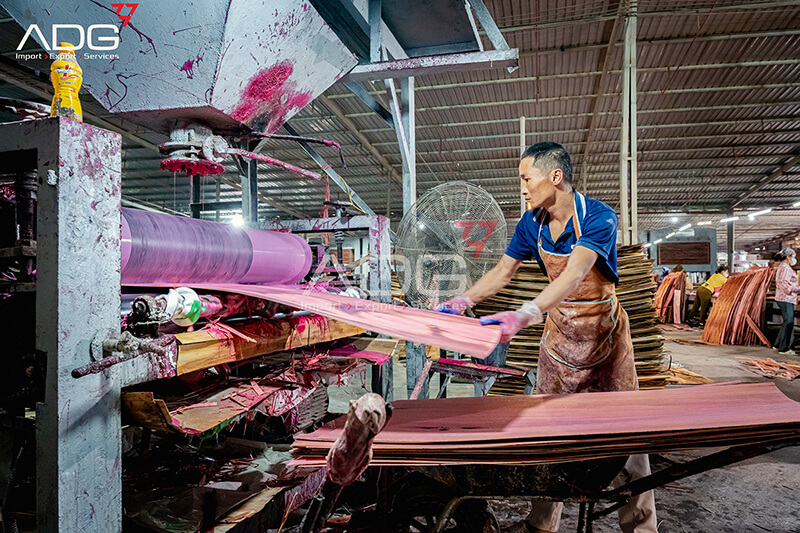
Change this to anything
Lorem ipsum dolor sit amet, consectetuer adipiscing elit, sed diam nonummy nibh euismod tincidunt ut laoreet dolore magna aliquam erat volutpat.
Click me


We constantly invest in upgrading modern machinery systems to increase capacity, productivity and product quality.
We comply with FCS standards with the following criteria:
| Size | 1220x2440mm, |
| Thickness
|
11.5/12mm -7 layers
15mm – 9 layers 18mm – 11 layers 21mm – 13 layers |
| Tolerance | +/-0.3mm |
| Padded | Eucalyptus wood, acacia wood, 100% grade A |
| Application | Construction formwork, shipbuilding, shutter boxes, furniture,... |
| Glue | WBP 20% melamine |
| Formaldehyde emission concentration | E0/E1/E2 |
| Face | Phenolic dynea film surface – 45 gsm |
| Color | Brown-black |
| Number of uses | 10-12 times |
| Type of wood | 30% Eucalyptus Wood, 70% Acacia Wood |
| Specifications | 1 cold pressing
2 times hot pressing 2 scrubs 6-8 piston hot press |
| Proportion | 600-650kgs/m3 |
| Humidity | Below 12% |
Grade A+ peeled board : A board of sufficient size, sufficient and uniform thickness, surface without defects, flat and smooth, bright wood quality; This type of peeled board is often used as the surface layer of plywood panels.
Type A peeled board: A board of sufficient size, sufficient and uniform thickness, no surface defects, few wood knots, small size;
The edge grinding machine grinds both sides at the same time along the line, can cut veneer with torn edges into straight lines, completely solving the quality defects of plywood. The machine can automatically sand edges and has a dust extraction device.
Veneers will be glued and stacked in 2 directions to ensure the boards have good strength in both directions and prevent shrinkage. In particular, some types of plywood with special requirements will have layers in many different dimensions.

The process of layering panels is very important in the process of manufacturing film-coated plywood. To create a tight fit of the panels and increase durability, the layers of panels need to be tightly packed together, without creating gaps.
After cold pressing, the board will be sanded and repaired to completely fix the nicks on the board's surface.
1600T hot press, the hot press will press the plywood at a temperature of 110-150 degrees Celsius for 2-5 minutes, then the press opens and the plywood switches to the cold stage after hot pressing.
Patches missed surface defects and shrinkage. Discard products that have peeling surfaces or do not meet the requirements. Trim the exposed board edges later. Cut the saw and fix the frayed board edges (if any).
Sanding on both sides creates a flat surface for the plywood. After sanding, depending on requirements, the plywood can be primed with a flat layer of UV paint before being coated with film.
Eye necklaces are precisely cut with square edges and standard sizes.
Vật liệu phủ mặt cho ván ép thì rất đa dạng, có thể dùng Melamin, Laminate, VeneSurface coating materials for plywood are very diverse, you can use Melamine, Laminate, Veneer or UV coating according to customer needs.
This hot pressing takes only 2-3 minutes because the purpose is for the film to adhere tightly to the surface of the board
Any panels with even minor defects will be rejected.